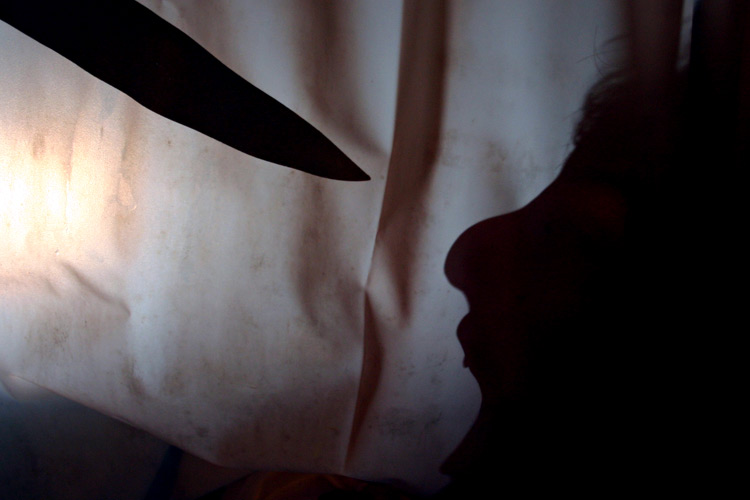
For as long as human beings have been trying to explain their place in the cosmos they have been creating monsters. We are familiar with many of the contemporary versions of these creatures, but what we might not readily recognize is that one monster in particular seems to be dominant throughout history and across cultures. It surfaces in various guises as contemporary monsters. What is this monster, you might ask? I suggest it is the chaos monster.
In his interesting book Religion and Its Monsters (Routledge, 2002), Timothy Beal looks at some of the earliest monsters of humanity as they were expressed in the cradle of civilization in the ancient Near East. One of these was intimately tied to cosmologies In this context Beal states:
“Less familiar but nonetheless fascinating to those of us attuned to the sciences of chaos is the idea that primordial chaos might take the form of divinity, or rather divine monstrosity. In many ancient Near Eastern stories, the chaos of and against which the world is created is personified as a ‘chaos god’ or ‘chaos monster’ who must be defeated by another god in order to create or maintain cosmic order.”
It is against this backdrop that the ancient Hebrews penned their creation stories, perhaps functioning in some senses as an apologetic against the gods of the surrounding nations wherein Yahweh was conceived of as imposing order on a chaotic creation.
While this scenario might seem far removed from our late modern context and its sensibilities I suggest that we still fear the chaos monster even though it may take different appearances in our cultural context. In fact, our contemporary chaos monster has maintained a significant cinematic expression since the 1960s in one popular form, that of the maniacal and seemingly unstoppable slasher. Heather Duda picks up on the development of the slasher film in her book The Monster Hunter in Modern Popular Culture (McFarland & Company, 2008). She mentions Hitchcock’s Psycho as the film which ushered in the slasher in horror films and then connects them to our fears of chaos. She writes:
“..[T]hese monsters are seemingly immortal in that no matter how many times they are shot, stabbed, or fall several stories, they just keep coming. With their single-mindedness and refusal to play by traditional horror rules, the slash monsters represent chaos. Chaos is the ultimate fear of the humanizing apparatus. When there is chaos all rules and order are thrown by the wayside and the feeling is one of ‘every man for himself.’ When the humanizing apparatuses are thrown into disarray, those people who championed them have nothing left to cling to.” (Emphasis mine.)
It is important to note the dramatic changes going on in America during the time in which the slasher films picked up momentum and the interest of viewing audiences. While Psycho may have helped introduce the slasher in 1960, it took the advance of cultural upheaval that came with the late 1960s which would continue to play out in the 1970s, 1980s and beyond for the slasher film to become a recurring facet of our culture’s expression of angst over chaos. To be sure the slasher is not the only expression of chaos in horror. Any number of apocalyptic scenarios could be pointed to, such as our continued fascination with an end of the world via zombies, as additional examples of our fears of our sense of order being swallowed up in chaos.
Given the long history of humanity’s fears over chaos, and our modern expressions of this fear, what then might we expect in terms of the continued expression and longevity of the chaos monster in cinema? Given the protracted global economic crises (not to mention several other international challenges to global peace and security) it seems likely that the chaos monster will continue to be expressed in slasher films and other forms as Hollywood and independent cinema continues to externalize our inner fears. Perhaps one day humanity will slay this monster, but I wouldn’t count on it any time soon.





Interesting essay! I love reading critical thoughts on the horror genre as literature, and I do hope you’ll write more. Thanks for this one!!!
Best,
Nick